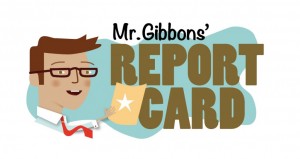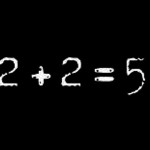 Cathy Nolan, New York State Assembly
Cathy Nolan, New York State Assembly
Instead a 75 percent tax credit for donations to fund scholarships for low- to middle-income students, Cathy Nolan, a New York State Assembly Democrat from Queens, proposes a small tax deduction on educational expenses. The value of the tax deduction would worth be around $205, compared to a scholarship worth thousands of dollars, so it couldn’t possible help a low-income or working-class child a shot at affording private school tuition.
Another problem is how she spins the counter-proposal.

“The main difference, I guess we can argue, is that the billionaires don’t get a break,” she told reporters earlier this week, according to Capital New York. Apparently she’s worried the real beneficiaries of the tax credit scholarship program will be the “rich guys.”
In other words, to prevent wealthy people from getting a partial tax credit to fund thousands of scholarships for low- to middle-income students, she’d rather give out a small tax deduction to those who can already afford private school tuition. Who does she think she’s fooling?
Grade: Needs Improvement
New Orleans

A decade ago, Hurricane Katrina devastated city of New Orleans. The city is still rebuilding, but the looming anniversary will bring out reporting and analysis from all sides of the school choice and education reform debates. The evidence to date points to education in the Crescent City improving faster than anyone thought possible.
A new report from the Cowen Institute at Tulane University finds that New Orleans, home of “the most ambitious transformations of public education in the history of the United States,” has seen student performance improve significantly. There are always caveats and lessons still to be learned, but keep up the good work, students and teachers.
Grade: Satisfactory
Indiana Department of Education
 This year the Indiana education officials estimate vouchers, worth a fraction of public school spending, cost the state $40 million.
This year the Indiana education officials estimate vouchers, worth a fraction of public school spending, cost the state $40 million.
The figure, calculated in an official state report, assumes all students who did not attend an Indiana public school before accepting a voucher would have attended a private school anyway.
By using a voucher instead of attending public schools, a student could save the state money. If that student’s would have gone to private school anyway, with his or her parents footing the bill, the student would cost the state money.
Indiana doesn’t attempt to estimate a rate at which the students would have enrolled in private schools had they not received vouchers. It assumes all of them would have.
The 100 percent assumption is implausible for two reasons. First, the program is means-tested. A family of four must earn less than $67,000 a year to qualify (families with special-needs children can earn more). Second, private school enrollment has been declining for 30 years.
This is not to say vouchers will always produce savings. Nor can we assume every student receiving a voucher would otherwise have attended a public schools. Increasing scholarship amounts, eliminating prior-year public school attendance requirements, and offering scholarships to students with higher incomes (some of whose families might have been able to muster private school tuition) does reduce estimated savings.
To get a handle on all of these effects, it might help to have a more nuanced accounting.


